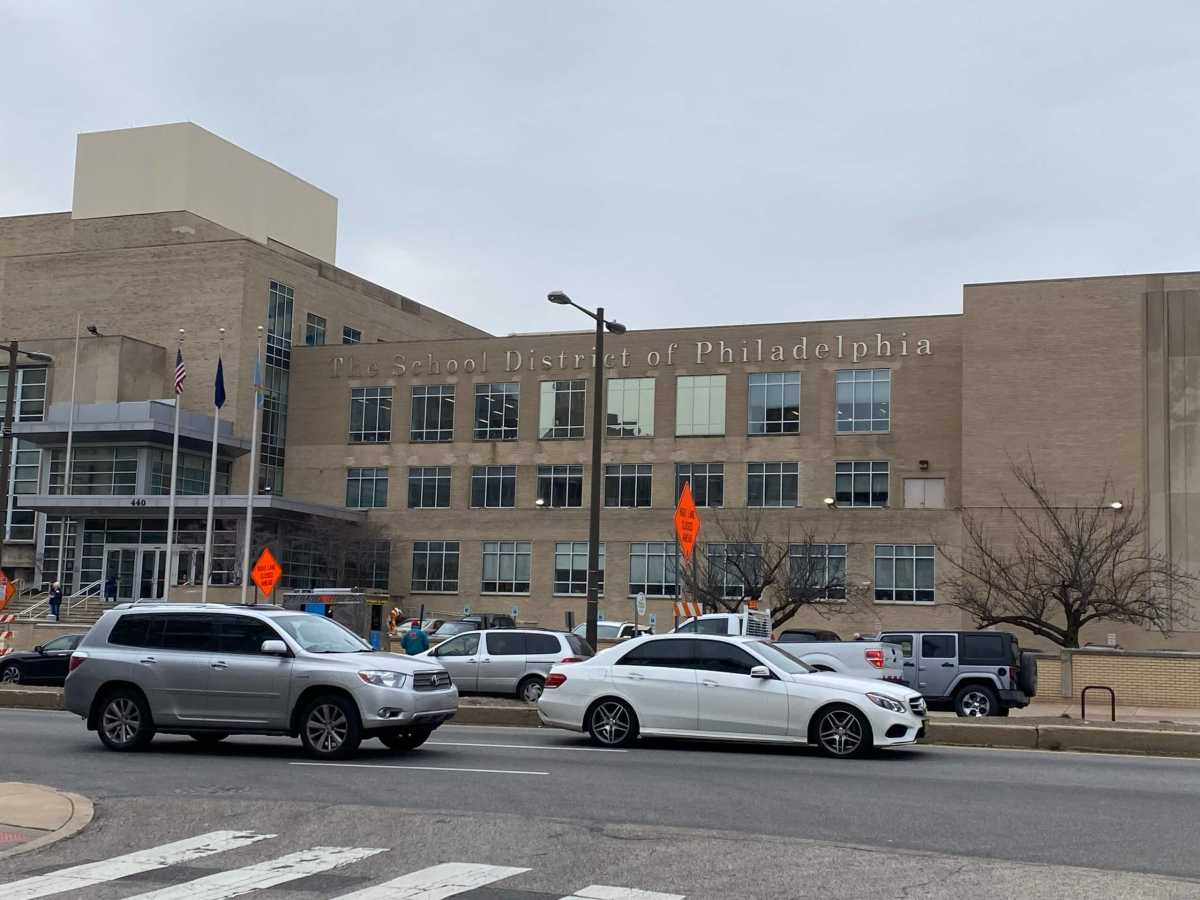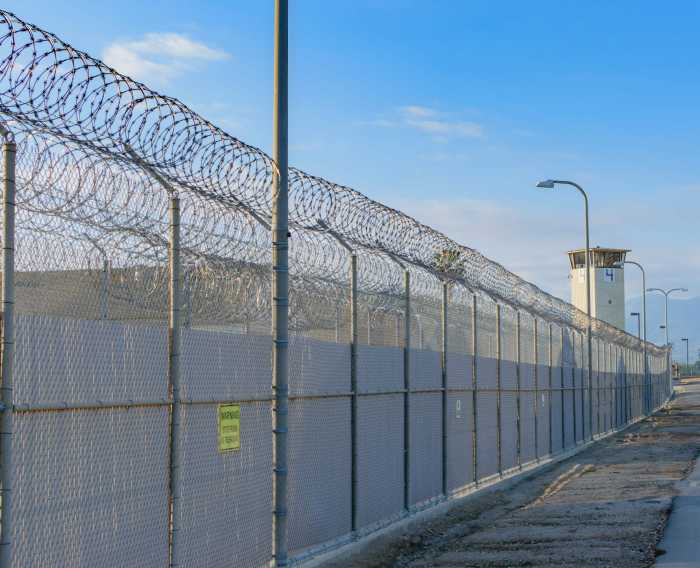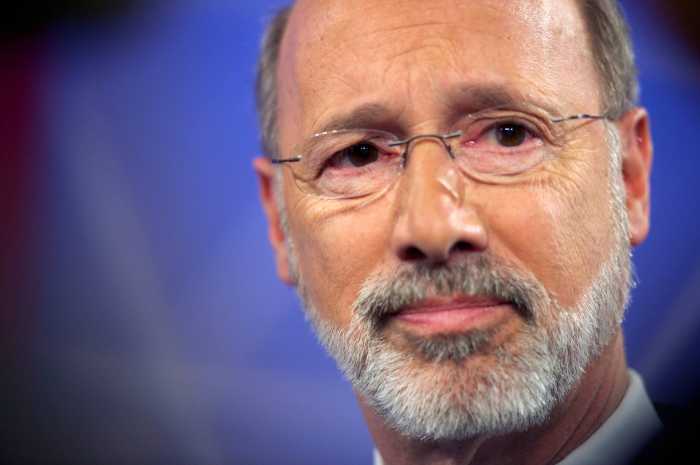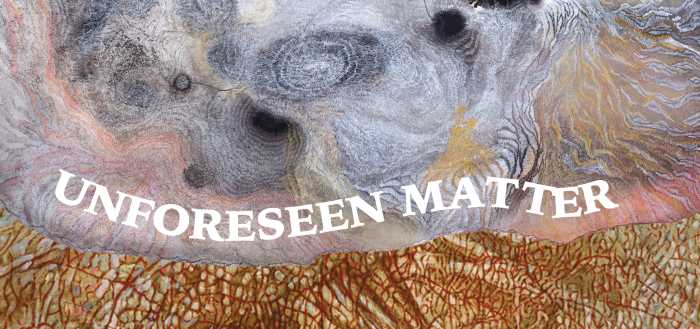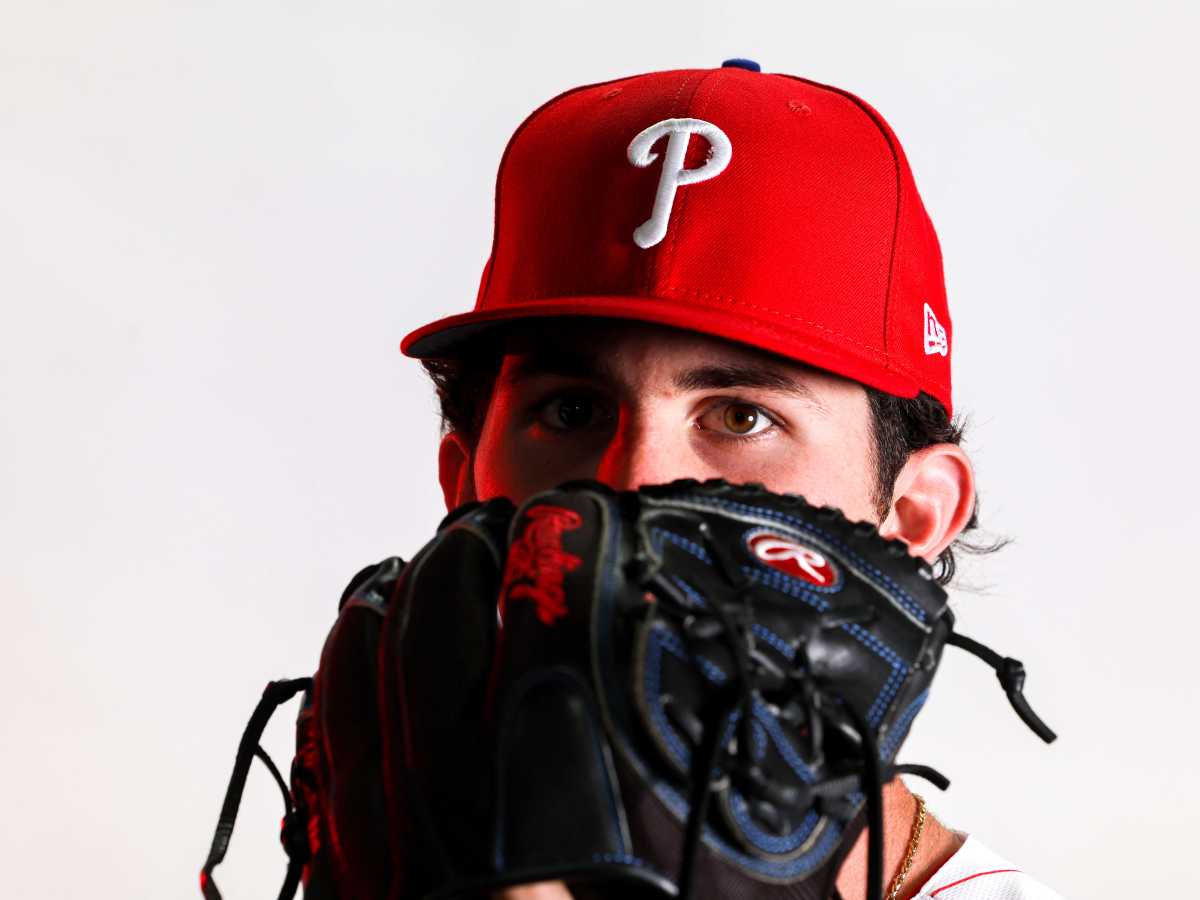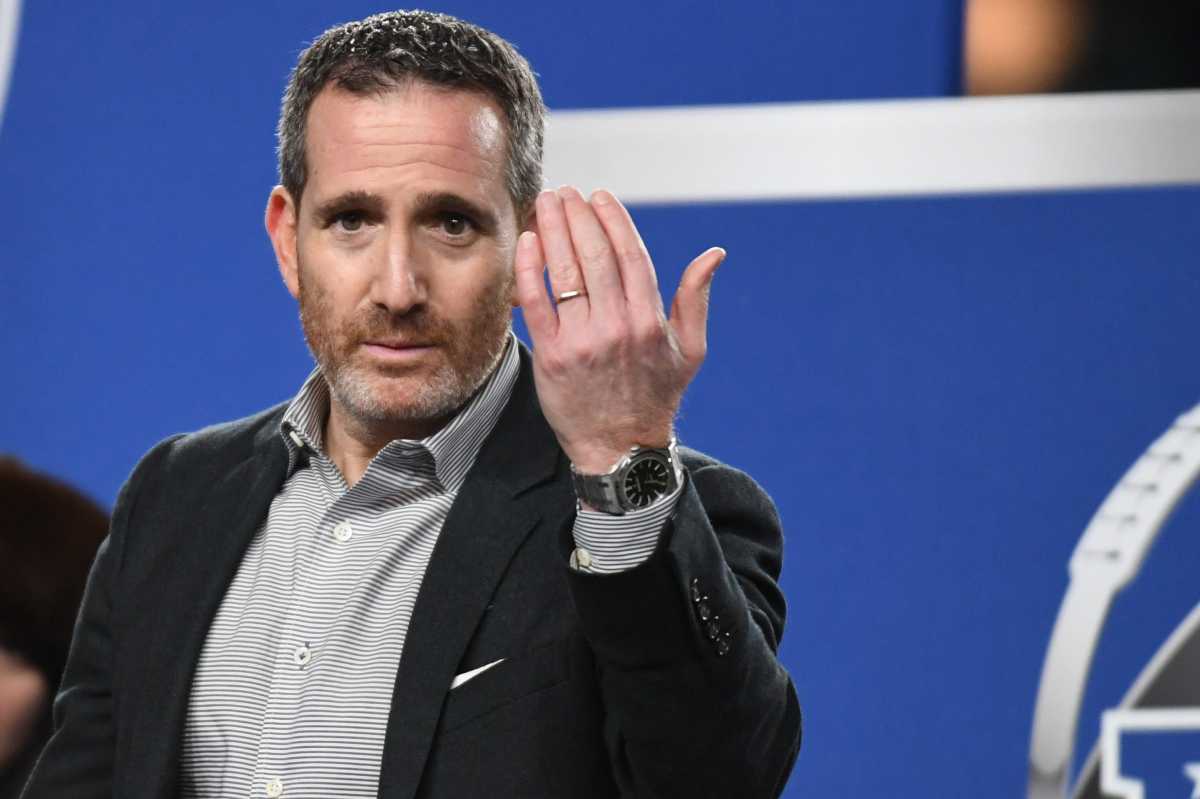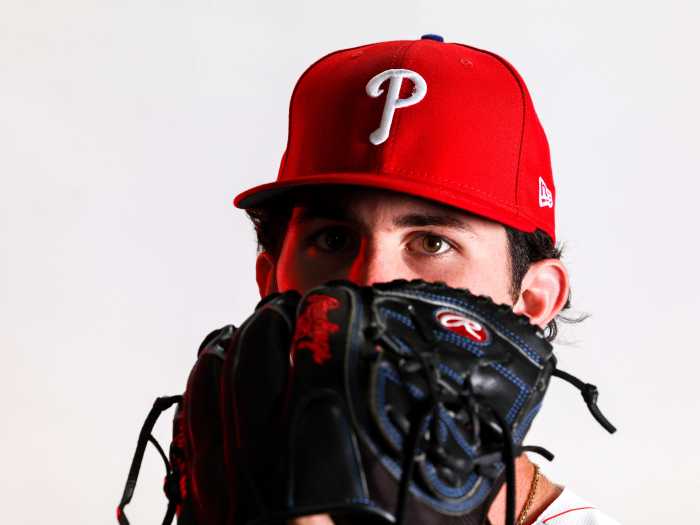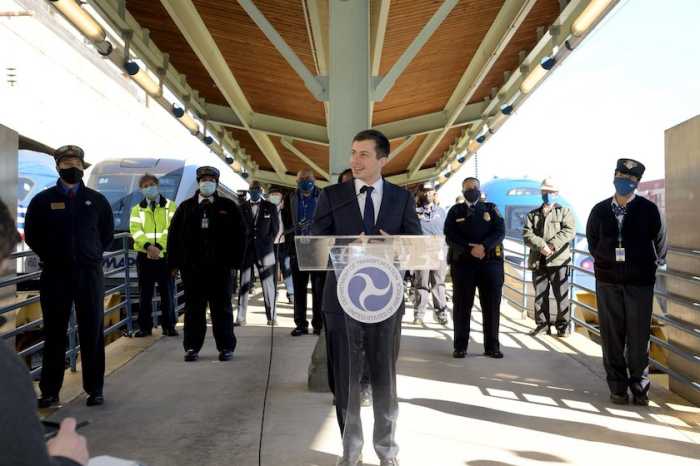Some teachers are “terrified” of the prospect of returning to school in September, and nearly all have raised concerns about the school district’s reopening plan, the chief of the Philadelphia teachers’ union told Metro.
Jerry Jordan, president of the Philadelphia Federation of Teachers, said the district may need to reevaluate its hybrid learning plan after troubling reports about how the novel coronavirus is carried by children.
Going digital may be the better option, especially if case counts continue rising, he said, though the union hasn’t committed to seeking a completely virtual school year yet.
“It’s something that a number of school districts around the country are doing now,” Jordan said. “If we can’t guarantee that (schools) are going to be safe for students and staff, then we should not be in the buildings.”
A recently released study of children between the ages of 10 and 19 in South Korea showed that they spread the virus just as much as adults. The finding frightened and riled up many teachers.
Health officials, including those in Philadelphia, had suggested that kids may not have the same ability to pass on COVID-19.
In Florida, nearly a third of all children tested for the virus received positive results, far higher than the case rate among other groups.
President Donald Trump’s insistence that all school systems open fully for in-person classes has sparked a nationwide conversation about the issue.
Last week, the School District of Philadelphia unveiled its plan, under which most students would go in for face-to-face learning twice a week or, if their families choose, enroll in a 100 percent virtual program.
The teachers’ union had no involvement in drawing up the plan, Jordan said. He has been spending the week hosting town hall meetings with his union’s members. The PFT has gathered hundreds of questions from teachers.
“Some are terrified, I think is the only way to describe it,” Jordan said. “Others may not be terrified, but they have a lot of concerns and are very anxious.”
The PFT released its own plan a day before the district’s big reveal. It also included a hybrid model, one in which students would come to school every-other-week.
However, it said in-person learning should only be allowed if there’s a “downward trajectory” in the pandemic locally, which, right now, is not happening.
Over the past week, Philadelphia averaged 138 new infections a day, compared to 110 the previous week. Positivity rates have also inched up, from 5.1 to 5.5 percent.
Health Commissioner Thomas Farley called it a “modest increase” and said he doesn’t think the district should abandon its reopening plan yet.
“At this point, I still think it’s appropriate, but it’s something we’ll have to continue to watch,” said Farley, whose department helped develop the district’s plan.
Teachers who are medically vulnerable to COVID-19 can apply, with documentation, to work from home and teach remotely, the district has said.
Others who live with people who are more susceptible to serious symptoms, such as spouses with medical conditions and elderly parents, may not qualify.
“It’s something we believe that the school district should grant them, the same kind of leave because of this pandemic,” Jordan said.
In a document sent out to teachers last week, the district said people who are ordered to quarantine, are caring for someone with the virus or have childcare needs may be eligible to apply for certain types of leave.
“Employees who do not have a medical condition, as determined by a medical professional, that prevents them from returning to work do not have any specific options available to them,” the document says. “Ultimately, the District will have to balance employees’ concerns about a return to physical buildings with the District’s need for staff to support the work we do for students.”
Jordan said there are other issues to work out, including specifics regarding social distancing and building ventilation.
Union representatives have been meeting with district officials, he said, and will continue to do so all summer, if necessary.
“This is a virus that can kill, and that’s why we have to look at this very, very, very carefully because we only have one time to get it right,” he added.



